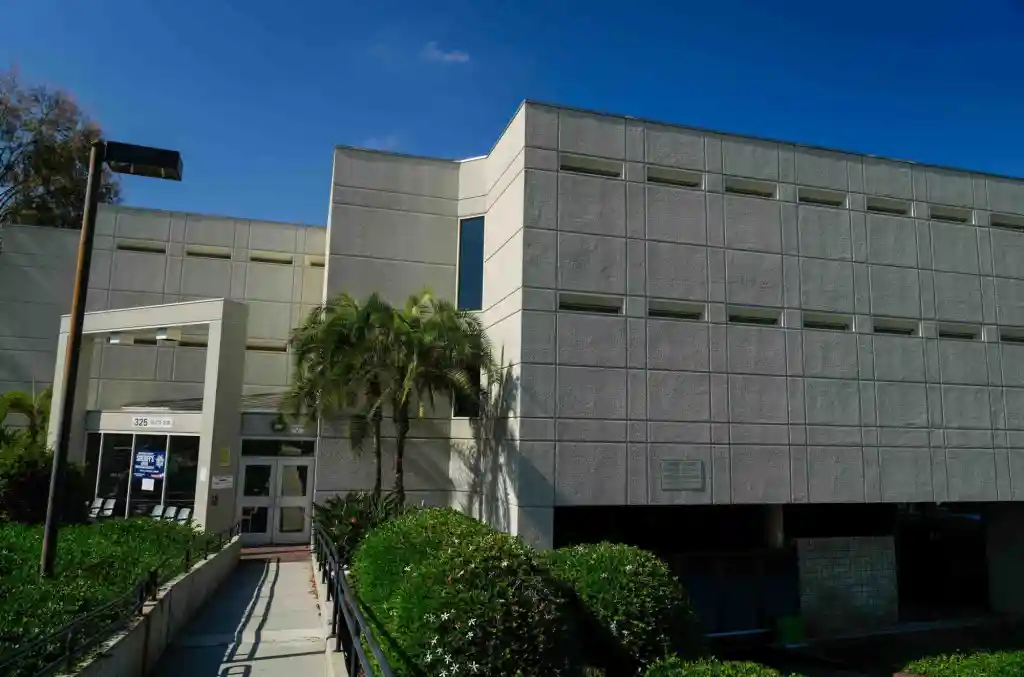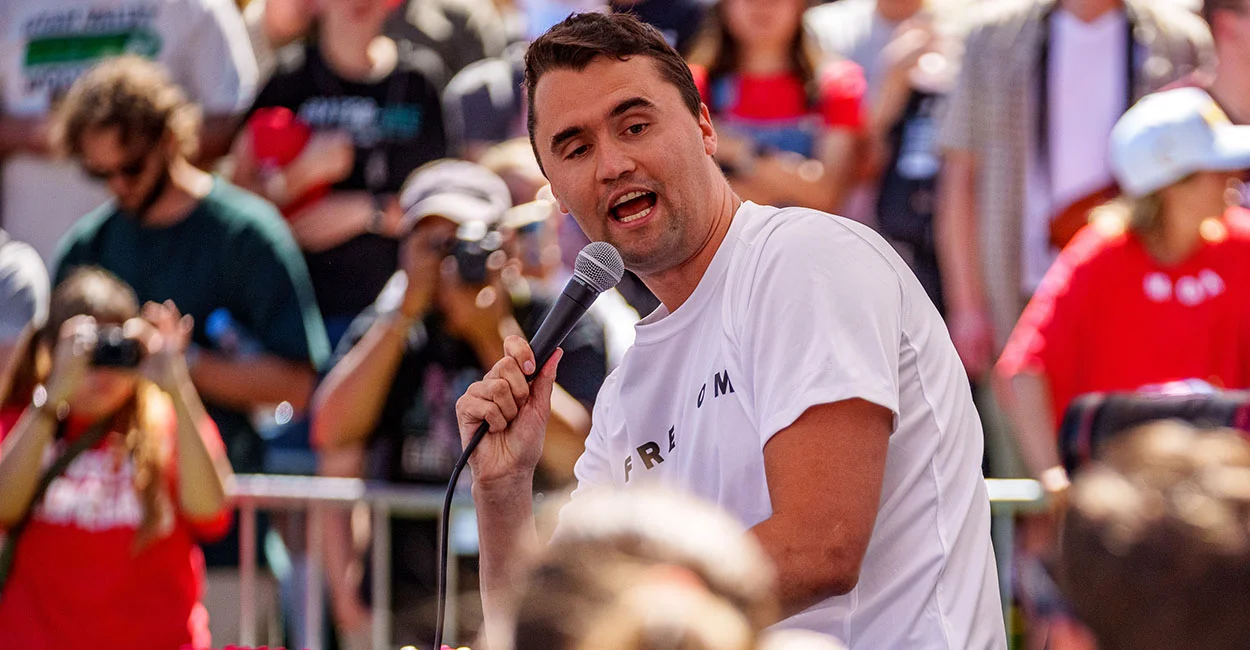
Billed as the “Homelessness, Drug Addiction and Theft Reduction Act” on the November 2024 ballot, Proposition 36 won easily with the support of more than two-thirds of California voters.
The initiative — backed by large retailers and law enforcement — turned certain drug and theft crimes from misdemeanors to felonies, meaning steeper consequences for repeat offenders, but also the option of treatment for people with long-term drug addictions. But it came with no dedicated funding source, leaving the state and counties to absorb the costs.
In the lead-up to the election, Gov. Gavin Newsom argued that locking up more people would siphon money from community treatment programs. He refused to include funding for Proposition 36 in this year’s budget, but after pressure from state lawmakers — including Sen. Catherine Blakespear, D-Encinitas — he agreed to allocate $110 million to courts, behavioral health programs and public defenders.
Jails — the first stop for anyone arrested under the new law — were left out, despite lobbying from sheriffs, including San Diego County Sheriff Kelly Martinez.
While the state isn’t obligated to cover costs created by ballot initiatives, voter support amounted to a mandate, Blakespear said.
“Every single county passed it,” she said. “Once we saw how much the voters supported it, we needed to be responsive to that.”
The Sheriff’s Office says it’s spent nearly $32 million to house people booked under Proposition 36 drug and theft charges since the law took effect on Dec. 18, forcing the department to shift money away from infrastructure projects and a plan to purchase a $16 million helicopter, Martinez said.
“We’re sustaining right now,” she said, “but I don’t know how long that will last.”
Under 2014’s Proposition 47, which reduced penalties for most drug and theft offenses, people arrested for possession of hard drugs or for shoplifting less than $950 in goods were often cited and released. Under Proposition 36, they’re booked into jail and held until they see a judge, unless they can afford bail.
As of Thursday, there have been 2,742 jail bookings under Proposition 36. Roughly half of the people have been released within seven days — on bail, on their own recognizance or under probation supervision. One-third have spent 30 days or more in custody, awaiting trial or a treatment bed.
An online dashboard maintained by the Sheriff’s Office shows nearly four bookings on drug charges for every one booking on theft, up from a roughly 3-to-1 ratio earlier this year.
Sheriff’s officials say they’re booking more people with chronic illnesses, untreated mental illness and long histories of substance use. People booked on drug charges tend to be older, according to sheriff’s data: nearly two-thirds are over 40, compared to fewer than half of those booked on theft charges.
“Some of these people haven’t seen a medical doctor in 10 to 15 years,” Martinez said. “They haven’t seen a dentist in 20 years. The condition that they come into our custody is not the greatest.”
Since 2023, the Sheriff’s Office has offered medication-assisted treatment, or MAT, to its jails. Widely considered the standard of care for opioid addiction, MAT uses medications such as Suboxone and methadone to reduce withdrawal symptoms and curb cravings.
The program’s rollout was rocky, forcing the Sheriff’s Office to issue a corrective action notice to its contracted medical provider, NaphCare. But a follow-up review in October found the problems had been resolved.
In September 2024, there were 280 people enrolled in MAT inside San Diego jails. This month, there were 349 — a 25% increase. While jail officials don’t yet track MAT enrollment by booking charge, they believe Proposition 36 is driving much of the growth.
“I really see an opportunity that if we have the funding to properly staff up these MAT programs, when people get released, they’re in a better position to be successful,” said Assistant Sheriff Dustin Lopez, who has led the sheriff’s Detention Services Bureau since March 2024.
San Diego County jails have also seen a decline in overdose deaths and deaths from drug withdrawal since implementing MAT.
Lopez and Martinez said they’re trying to carve out more treatment space, including a module at the Vista Detention Facility that houses only people enrolled in MAT. But aging jails designed without treatment in mind pose a challenge.
Lopez likened the effort to “playing Tetris with the system.”
“This is the highest level of care and acuteness that we’ve ever had to provide,” he said.
At the East Mesa Reentry Facility in Otay Mesa, which offers vocational programs and could be ideal for Proposition 36 defendants, Martinez said there’s space to expand, “but we need the resources.”
“If I had my dream, I’d expand East Mesa for this population,” she said.
Currently, there’s no funding available at the county level. Earlier this month, county supervisors voted to make available hundreds of millions of dollars held in reserve to offset looming federal cuts to social services programs.
As a self-insured entity, the county has also borne the full financial burden of lawsuit settlements and jury awards over jail deaths and injuries, which have totaled tens of millions of dollars in recent years.
The California Legislative Analyst’s Office, which assesses the potential costs of ballot measures, estimated that Proposition 36 could raise state criminal justice costs “ranging from several tens of millions of dollars to the low hundreds of millions of dollars annually.”
Critics of Proposition 36 warned it would also cut into funding made available under Proposition 47, which required the state to redirect savings from reductions to the state’s prison population toward mental health and drug treatment programs.
Those savings amounted to $95 million last year. The governor’s office projects a drop to just $24.7 million by 2026, though the Legislative Analyst noted that’s likely an overestimation.
“Any Proposition 36 estimate is subject to major uncertainty,” the February report says.
A sheriff’s spokesperson said Martinez “has been transparent about the impacts to the jail system,” both before the measure passed and now.
“The law is doing what it promised,” Lt. David Collins said. “It is holding offenders accountable, business owners are telling us they now feel empowered to report crime, and law enforcement officers and deputies can solve problems in the community by addressing issues when they start.”
The Board of State and Community Corrections, which administers Proposition 47 grants, has proposed allowing those funds to support court-mandated treatment under Proposition 36, but that funding must be used for treatment in the community, not in a custodial setting, said spokesperson Jana Sanford-Miller.
Will Matthews of Californians for Safety and Justice, which opposed Proposition 36, urged lawmakers to take a closer look at one of the state’s biggest budget items: prison spending, which tops $14 billion annually. The Legislative Analyst’s report on Proposition 36 described the California Department of Corrections and Rehabilitation as “over-budgeted.” In a separate report, it recommended the state close five of its prisons, a cost savings of at least $1 billion.
“I think there’s almost uniform agreement that we need to commit to creating treatment and prevention infrastructure that literally millions of Californians have needed for generations,” Matthews said.
“Unfortunately, what Prop. 36 has laid bare is that it’s very difficult to do that — arguably impossible — unless we’re reducing the amount of money we’re spending every single year on the state prison system,” he said. “I don’t know that there’s a better strategy.”
Martinez said she will continue to push for state funding for in-custody treatment for people struggling with addiction.
“If we have the funding to properly staff up these MAT programs, then when they do get released, they’re in a better position to be successful,” she said. “If they’re already going to be in our custody, we really want to do the best we can.”
Staff writer Teri Figueroa contributed to this report.



